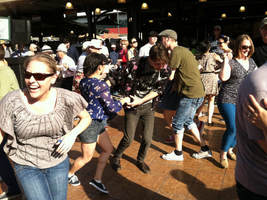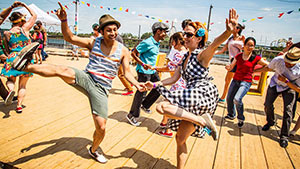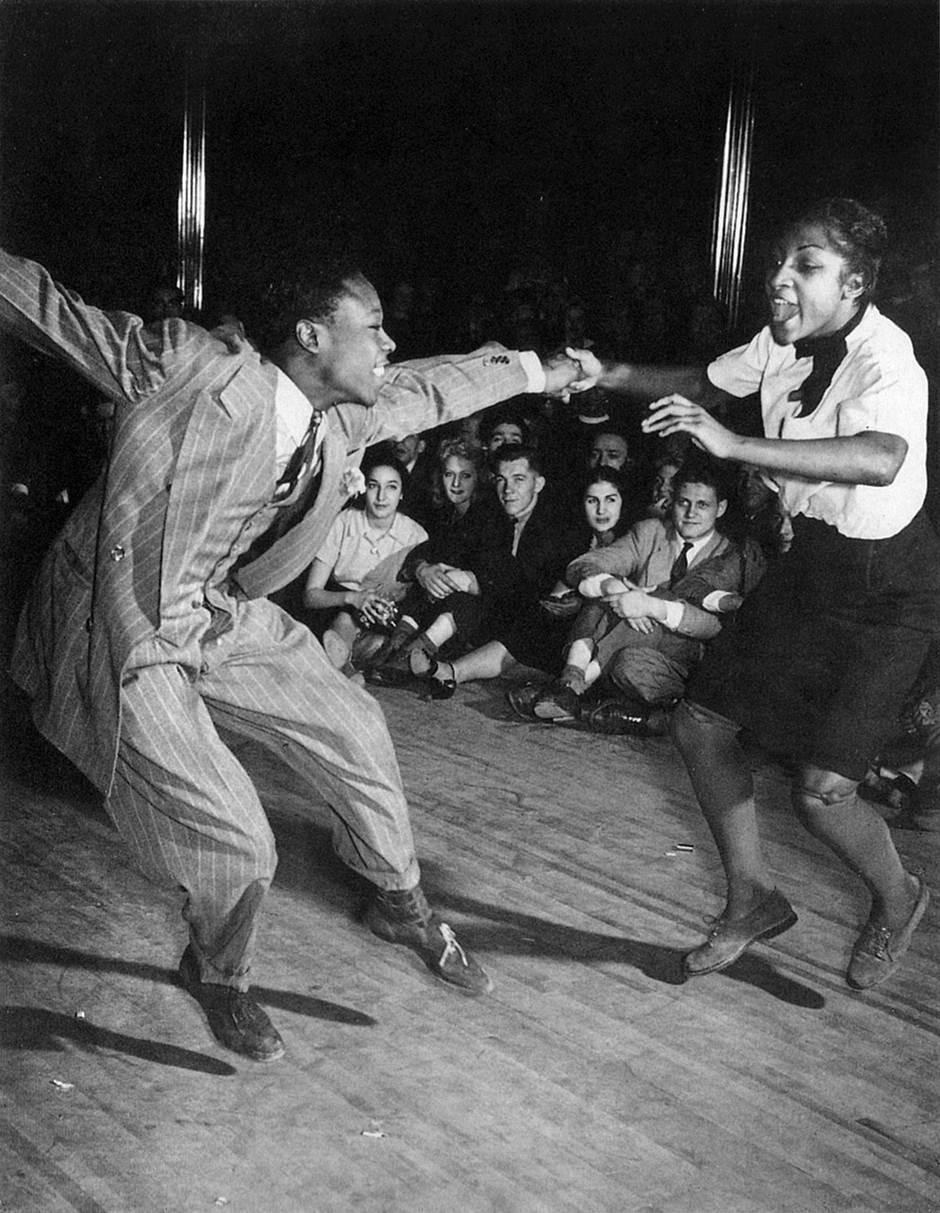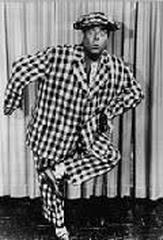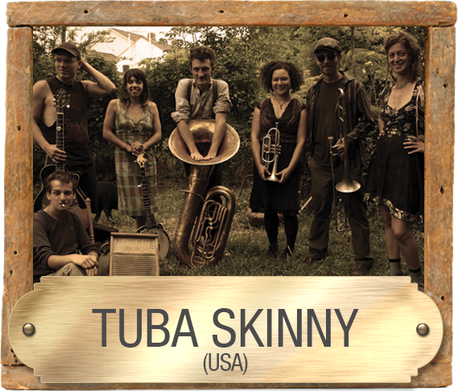
♬ LISTEN & WATCH!: Duke Ellington
Cottontail
Tuba Skinny is one of the most synchronous yet rootsy new bands in the traditional jazz idiom. You can see them in New Orleans on Bourbon Street--eight “ragtag” kids in their late twenties and early thirties playing jazz and jug-band music tight as a clock and fueling a floor full of Lindy Hoppers into a jumping groove. The next wave!
Cottontail
Tuba Skinny is one of the most synchronous yet rootsy new bands in the traditional jazz idiom. You can see them in New Orleans on Bourbon Street--eight “ragtag” kids in their late twenties and early thirties playing jazz and jug-band music tight as a clock and fueling a floor full of Lindy Hoppers into a jumping groove. The next wave!
